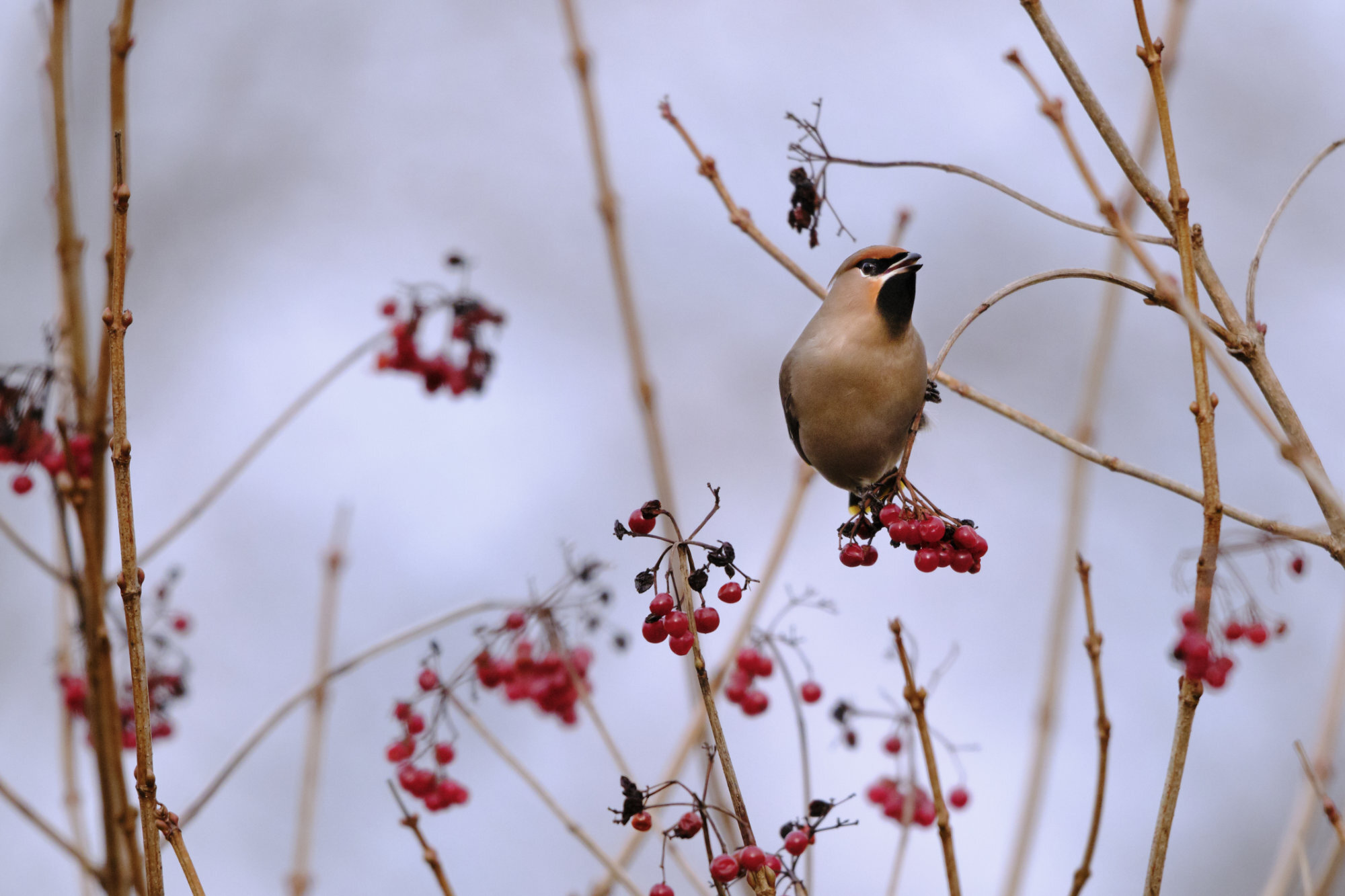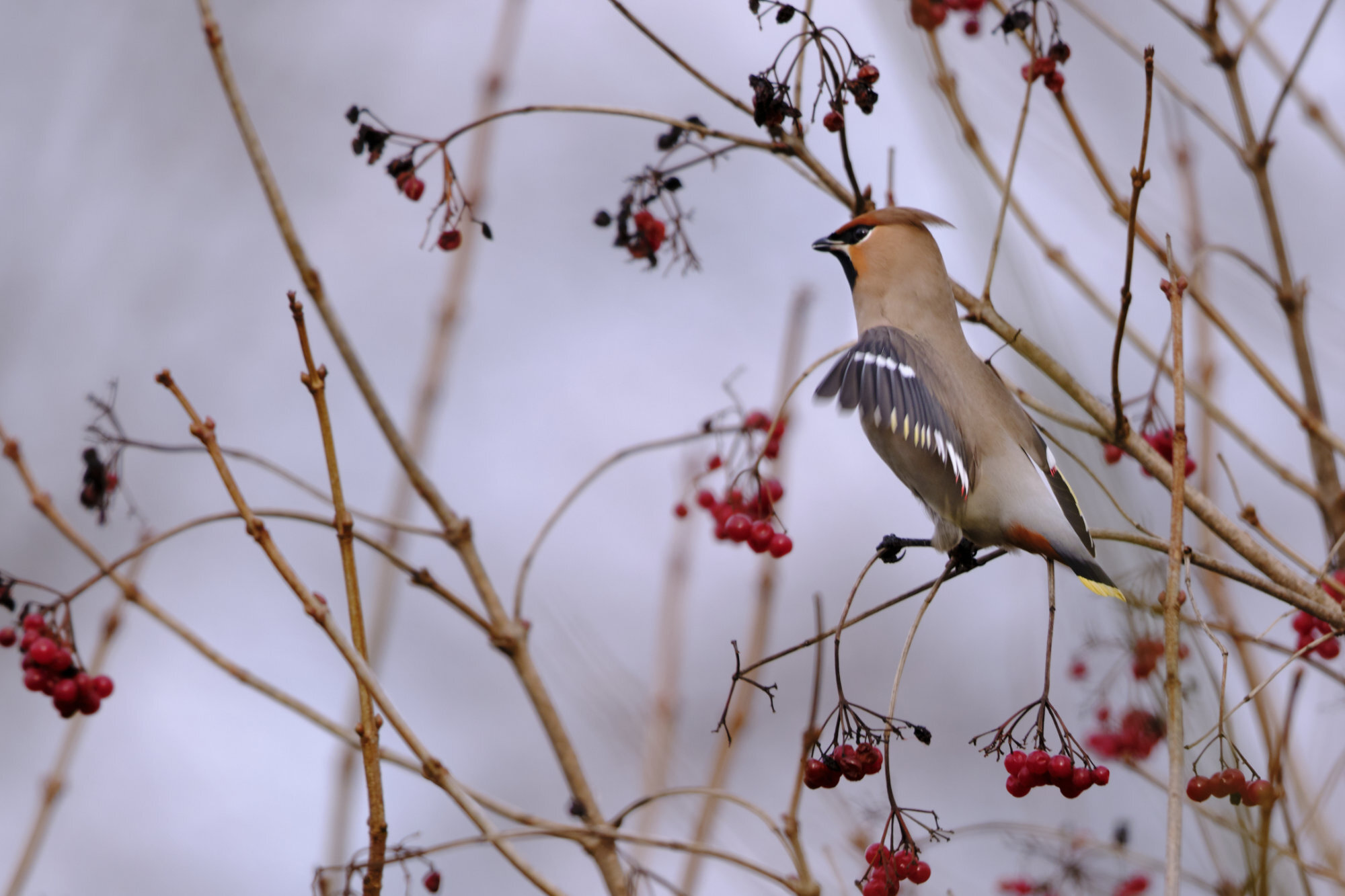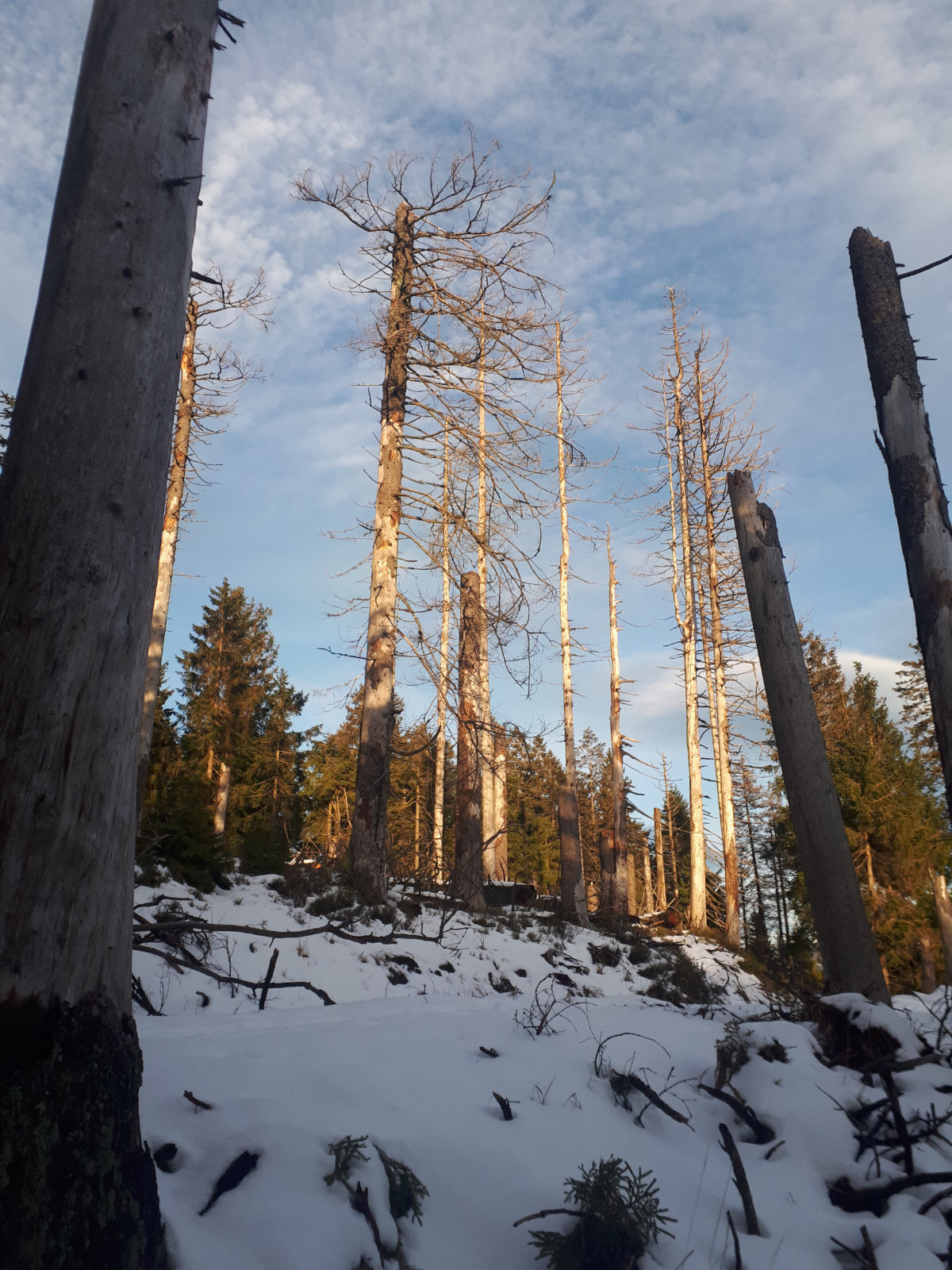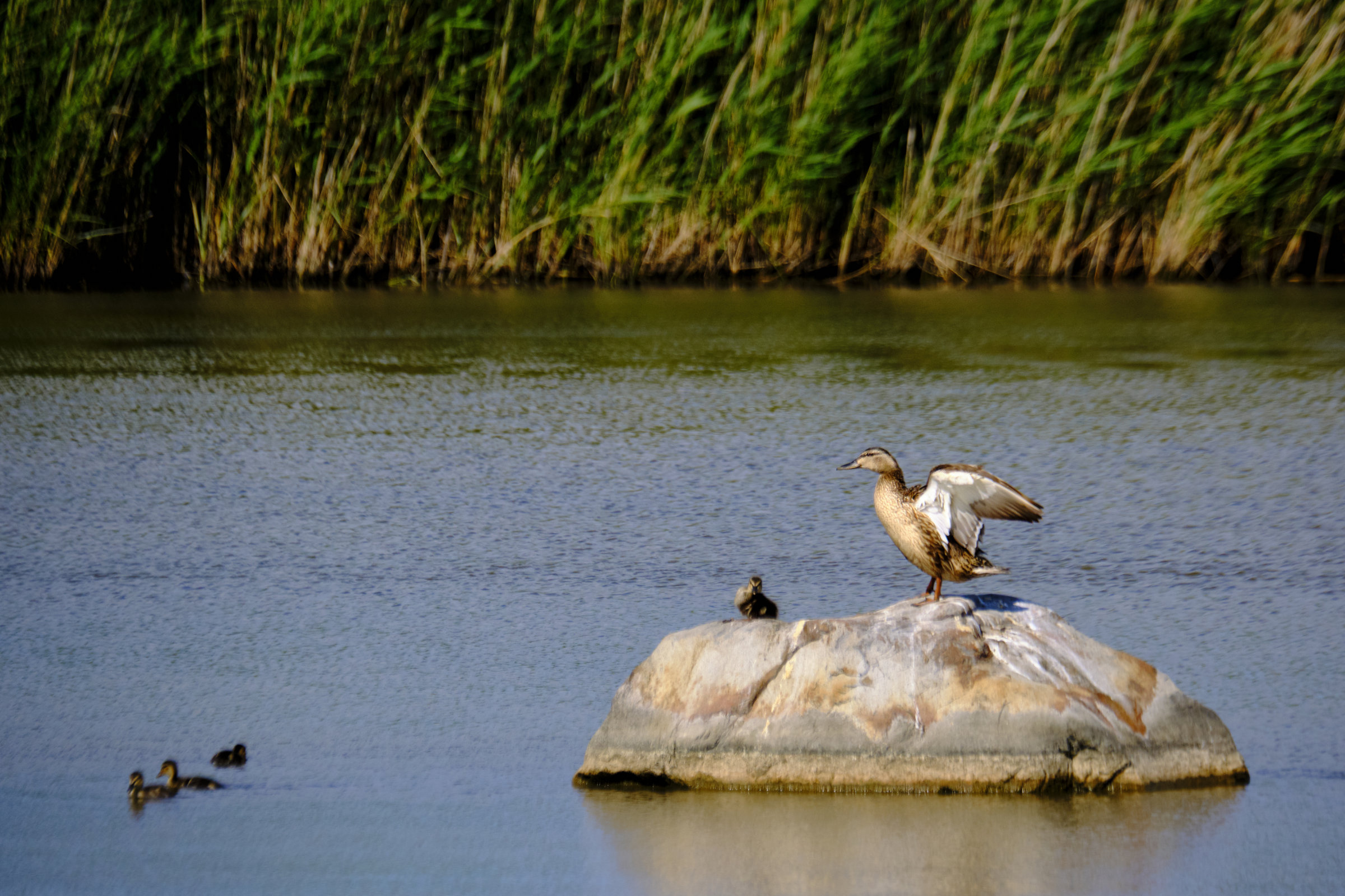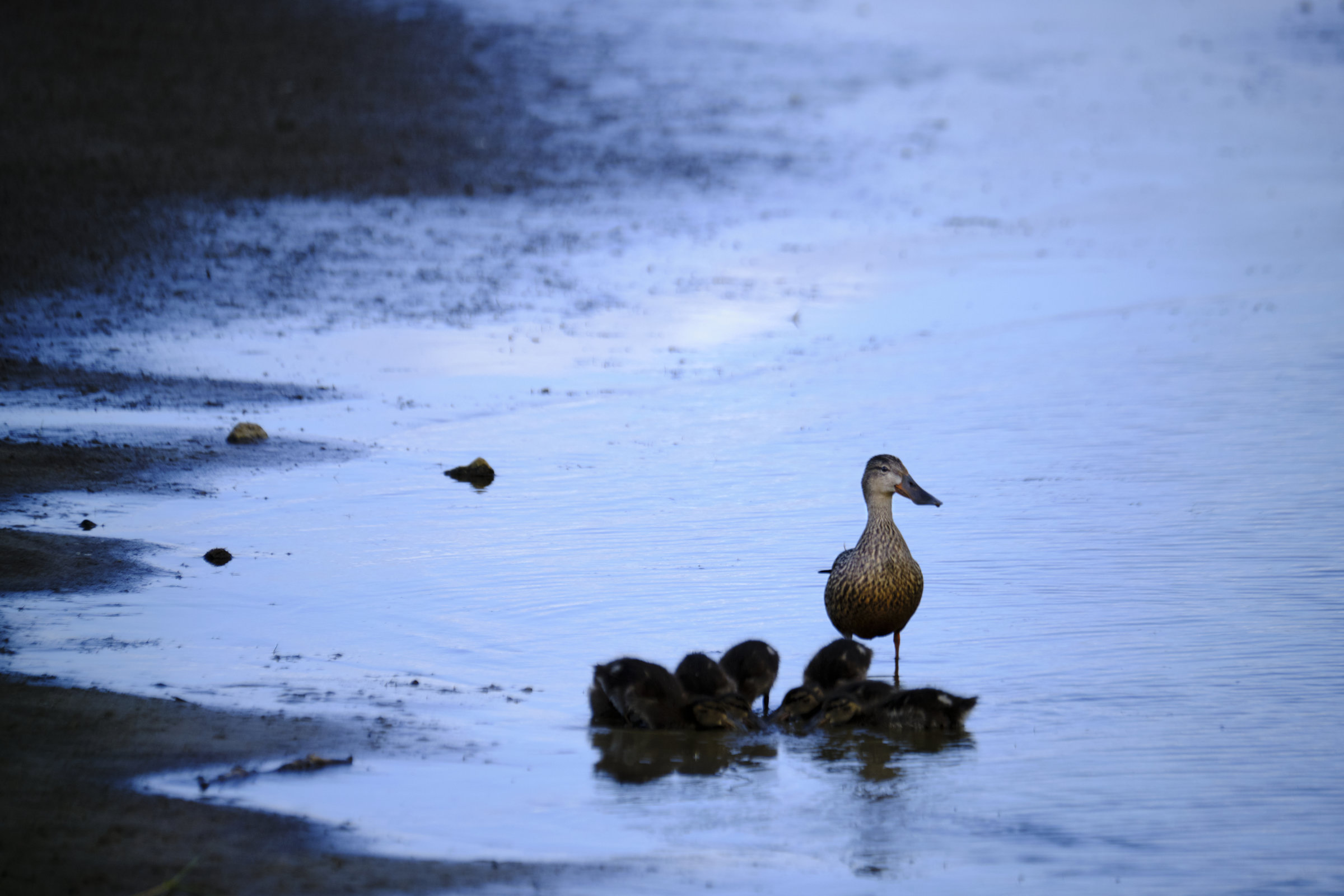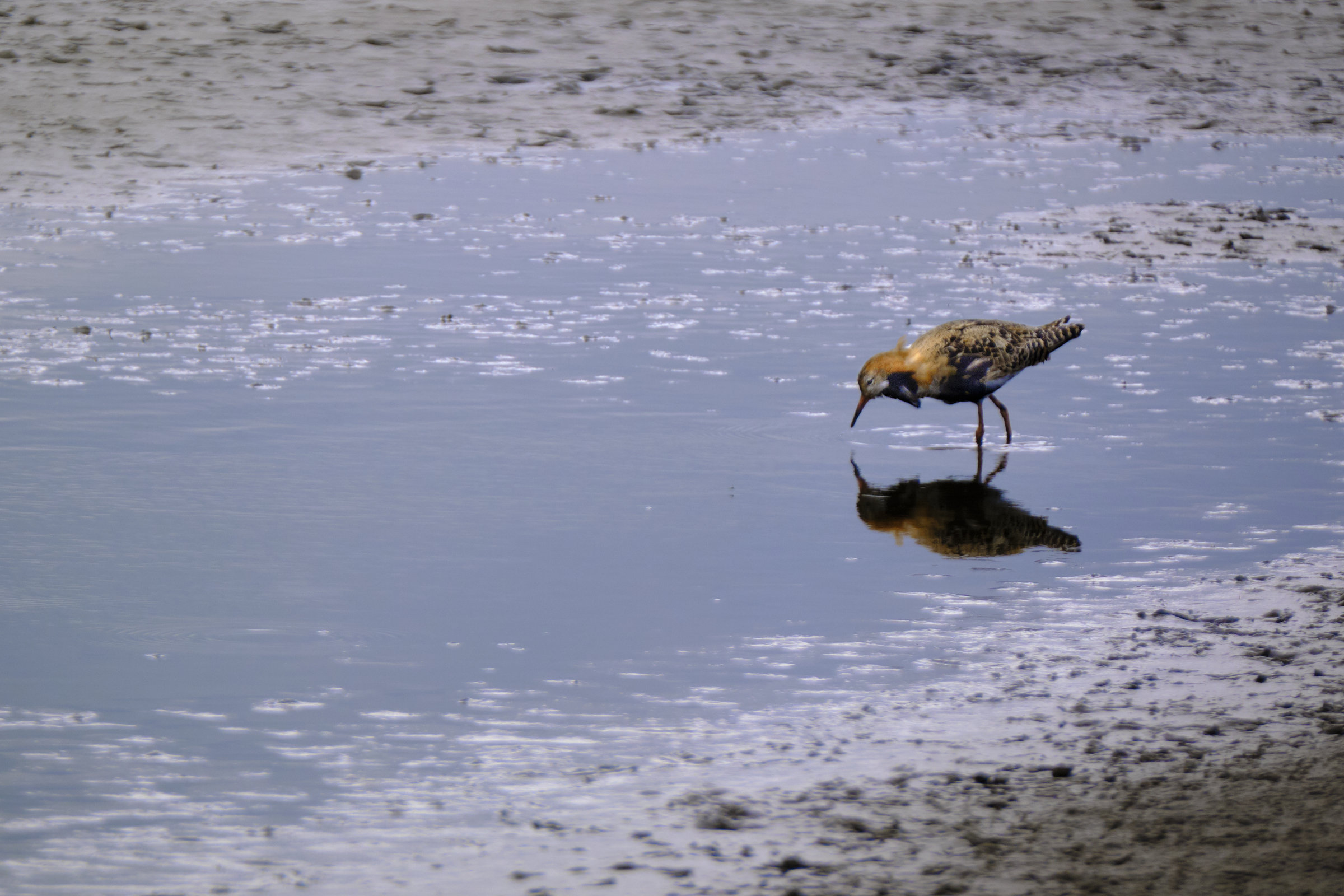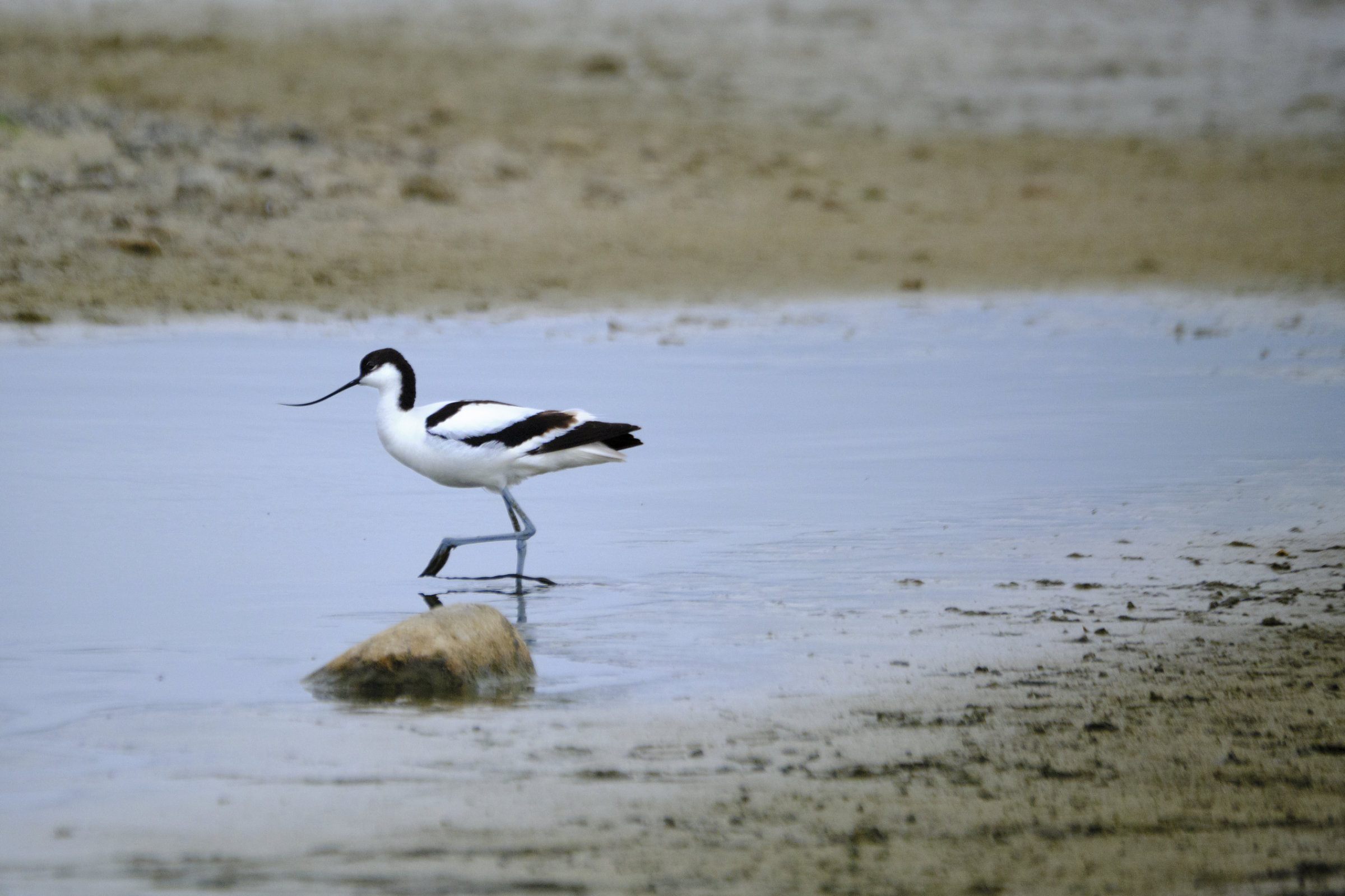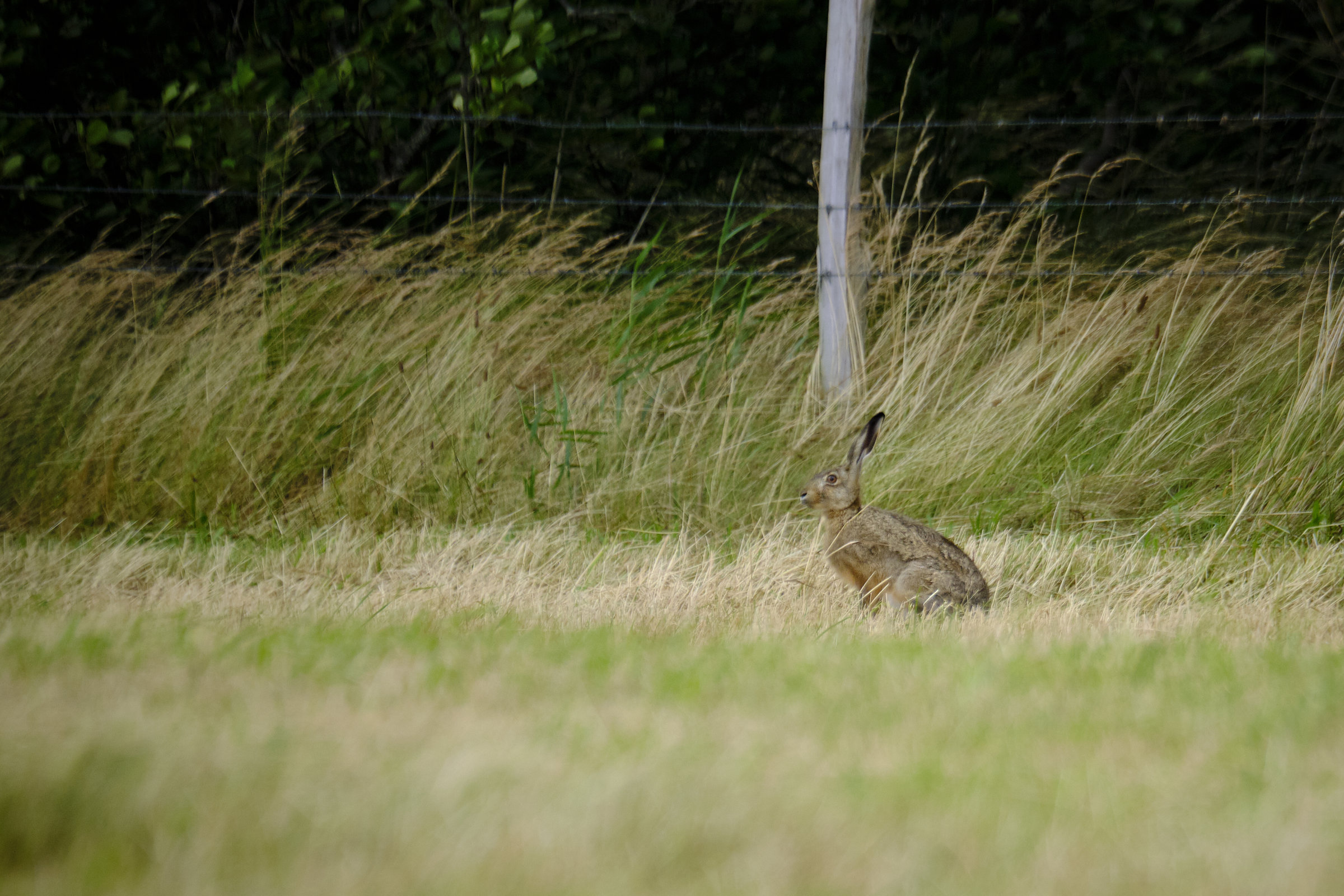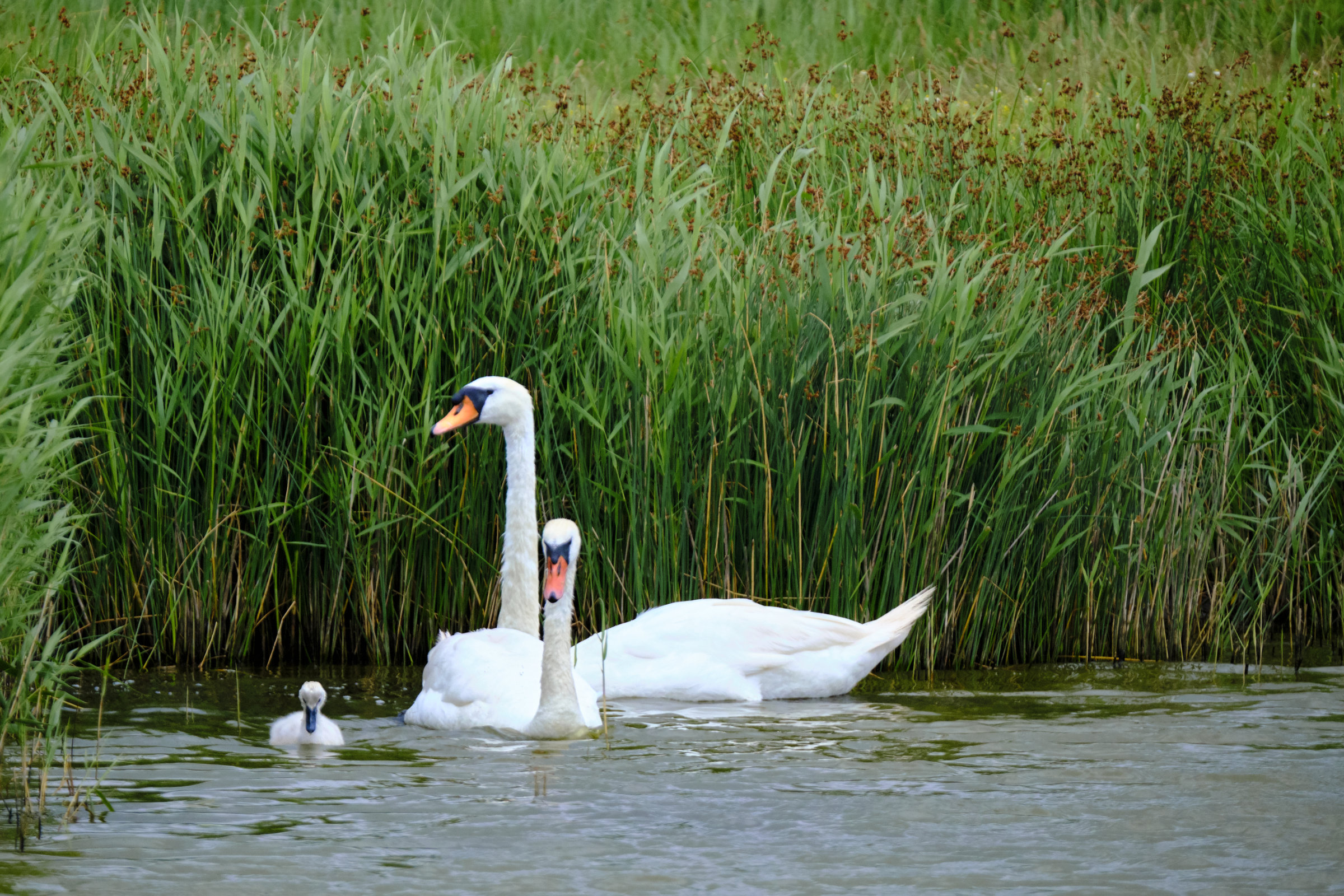Do you remember Disney’s Sword in the stone? There is Archimedes, a rather dwarfish, but very hilarious owl with a taunting sense of humour. The ten-year-old me loved it. Archimedes might be an Eurasian pygmy owl, although I think an actual Little owl (Athene noctua) is far more likely to be the inspiration for the character, given its mythological pedigree.
Fast forward nearly thirty years, I met Archimedes in the woods, sort of. I was out counting Eurasian pygmy and Boreal owls on behalf of the local national park Harz. I did this kind of bird monitoring quite a lot in recent months. In order to deliver comparable data, it is a highly standardised way of scientific monitoring. Usually this takes place around the breeding season and you play a call of your target-species and hope that it responds. From the number of responding males you conclude on the number of breeding pairs. Without this systematic approach you would solely rely on incidental findings. Because this way of counting means stress for the birds, it is highly restricted to professional use. I do this, because it is a great way to learn about birds, to be out and about and help conservation a little. As I once said here, if I have to choose between watching and photographing, I’d choose the former. Nevertheless, I take my camera with me, when I go monitoring. Firstly, because I love taking images, secondly because images help from a conservation standpoint, too. You only protect what you know and love.
It was my second outing on this particular route. I had been out for about one and a half hour, without seeing or hearing any sign of an owl. When I arrived at my checkpoint and played the pygmy call, this male immediately responded. I instantly quit playing the call and held my breath. A very inquisitive and adventurous male approached me directly, flew over and took perch on a nearby fir tree. It called and called for at least five minutes and I watched speechless before I finally took some images. The spectacle carried on for a little while before I finally left my Archimedes and headed for the next checkpoint. When I arrived there and played the call, I was just stunned. Archimedes had followed me and took another perch in a nearby tree. By this time, it was too dark to photograph. So, I just watched and listened.
“Like in the movie, my Archimedes is a really courageous and curious little bird.
And I am one really happy birdwatcher.”
Editor’s note: Don’t use calls to attract birds on your own and without scientific reasons or supervision. Unfortunately, a lot of wildlife photographers discovered this “trick” in recent years. From an environmental standpoint, this is an absolute no. The scientific counting rules demand you to stop as soon as a species responds, in order to not disturb it any more than absolutely necessary to gather data which helps protecting wildlife. This is the exact opposite of what so called wildlife photographers do, who play the calls over and over again and whose only goal is to take images, not to help science protecting animals.






